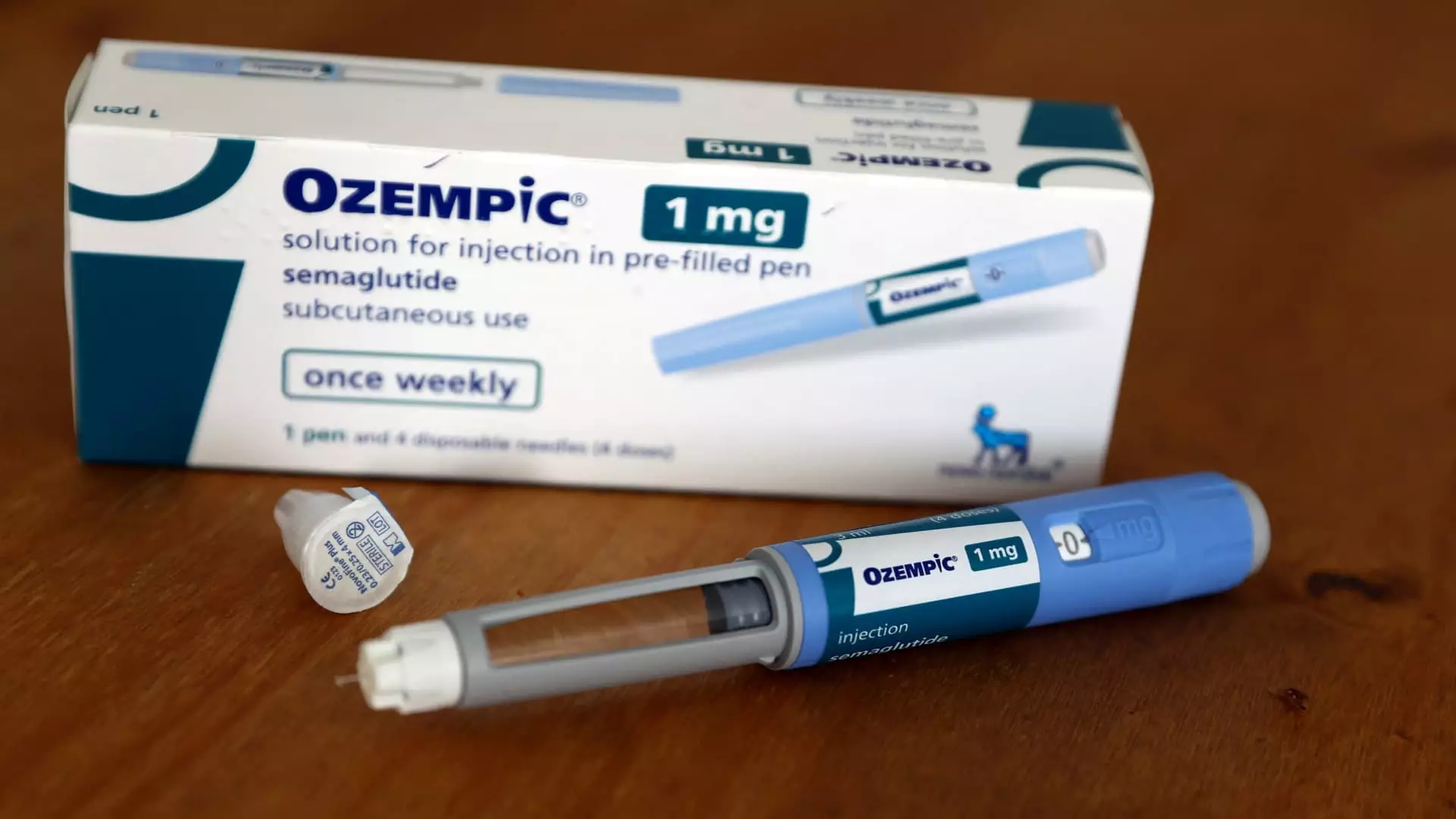The recently released study by researchers at Yale University, King’s College Hospital in London, and Doctors Without Borders sheds light on the stark contrast between the manufacturing cost and the list price of the blockbuster diabetes drug Ozempic. According to the study, Ozempic could be manufactured for as little as $5 a month, yet Novo Nordisk charges nearly $1,000 per month for the injection in the U.S. before insurance. This vast difference in cost raises serious concerns about the pricing strategies employed by pharmaceutical companies.
The exorbitant prices of drugs like Ozempic have significant implications for patients with diabetes. Despite the increasing demand for GLP-1 medications, many insurers are dropping them from their plans due to cost concerns. This leaves patients in a difficult position, unable to afford essential medication that could improve their health and quality of life. The study highlights the urgent need for more affordable options for diabetes treatment.
Profit Margins and Production Costs
The researchers behind the study calculated the manufacturing cost of Ozempic, taking into account a profit margin and tax considerations. Their analysis revealed that the drug could be produced for a fraction of the list price charged by Novo Nordisk. This discrepancy suggests that pharmaceutical companies have significant profit margins built into their pricing structures, potentially at the expense of patients who rely on these medications for their well-being.
Novo Nordisk’s response to the study raises questions about the lack of transparency in drug pricing. The company declined to disclose the production costs for Ozempic and its weight loss counterpart Wegovy, citing substantial investments in research and development. While research and development are vital for innovation in the pharmaceutical industry, it is essential to ensure that patients are not bearing the brunt of high drug prices.
Access and Affordability
The study’s findings underscore the need for increased access to affordable diabetes medication. Despite Novo Nordisk’s claims of offering savings cards and discounts, the reality is that many patients still struggle to afford their medications. The availability of generic alternatives and lower-cost versions of GLP-1 drugs could significantly improve access for patients in need.
Looking Ahead
As the debate over drug pricing continues, it is crucial for stakeholders to prioritize the needs of patients above profit margins. The findings of the study suggest that there is significant room for improvement in the pricing of diabetes medications, particularly GLP-1s like Ozempic. By advocating for greater transparency, affordability, and access to essential medications, we can work towards a healthcare system that prioritizes patient well-being above all else.

Leave a Reply